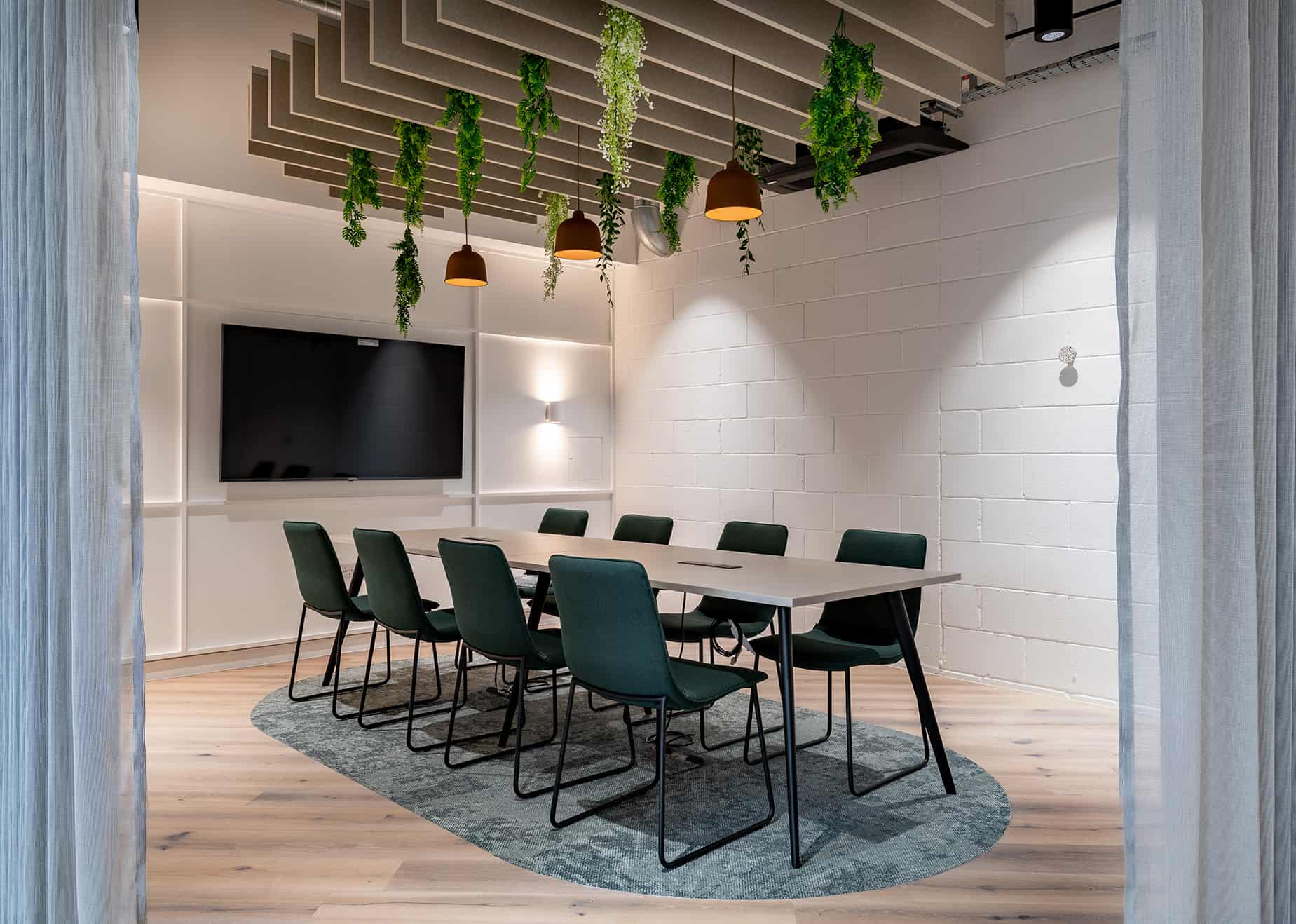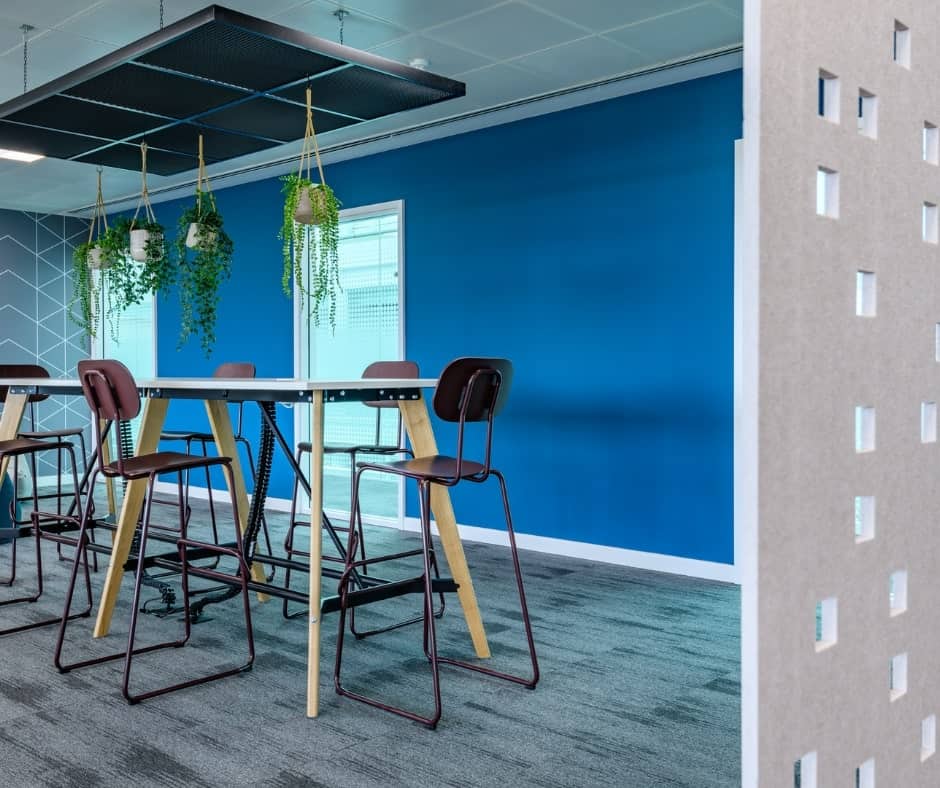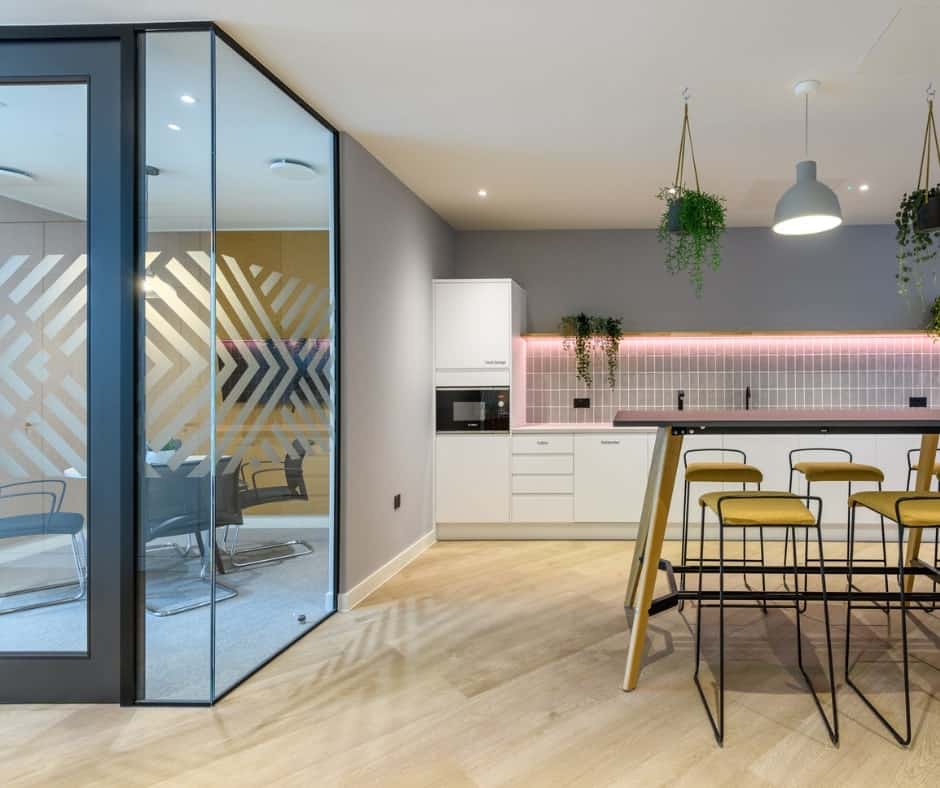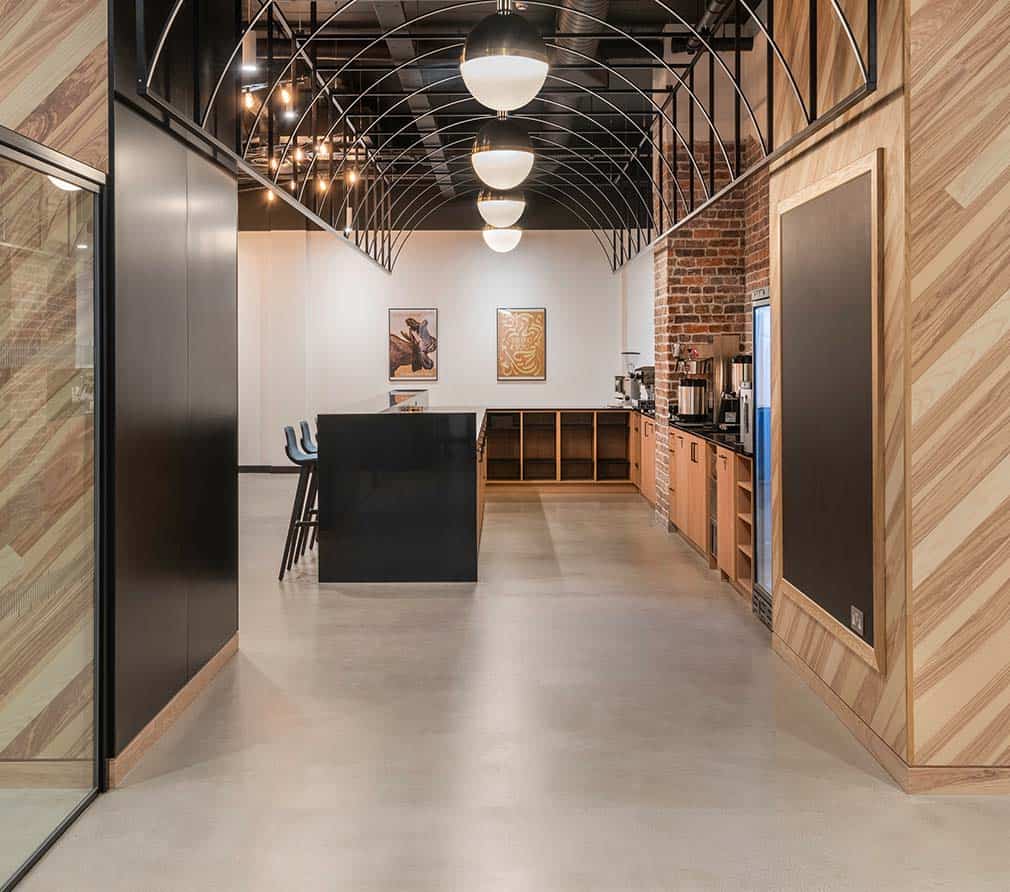While neurodiversity was once thought to be relatively uncommon, as we learn more and more about how the brain works and how cerebral functions can vary, it’s estimated that as much as 40% of the population could be neurodivergent.
Neurodiversity isn’t something we can see; it refers to different ways of thinking , driven by a huge range of conditions, disorders, and life experiences including anxiety, depression, eating disorders, ADHD, autism, dissociative disorders, and more.
It’s clear that neurodiversity is something to be celebrated; it’s what makes us all different. However, it’s also clear that we’ve become accustomed to living in a neurotypical world. More needs to be done to create happy, healthy, supportive environments that enable everyone to achieve their goals in a positive way.
So how can we adapt workspaces to best support all workers?
Provide Options
When designing for inclusivity, many businesses believe that minimising noise is best. And for some neurodivergent employees, such as those with autism, it can be. However, there are also employees who struggle to maintain focus in quiet surroundings, processing information better in areas with consistent background noise. Therefore, it’s important to provide workers with options; to design flexible spaces where employees can choose to work in settings that support their needs.
Minimise Sensory Stimuli
A sensory stimulus is anything that creates a reaction within a person. And there are a lot of them in offices, such as light, heat, and sound. While neurotypical workers demonstrate minor responses to these stimuli, responses in neurodiverse workers can be greater, creating discomfort. We need to design in a way that minimises these stimuli. For example, layouts that improve natural air flow and regulate temperature, or swapping out bright overhead strip lighting for individually controlled lamps.
Create Relaxed Spaces
While workplace design often focuses on building environments that maximise productivity, it’s time to shift away from that. We need to look at how we can design workplaces which enable businesses to create a healthier balance between productivity and wellbeing. Businesses can work to minimise sensory stimuli, and provide flexible spaces, but even with these measures, neurodivergent individuals may still feel overwhelmed at times. Just as we all do. Having a space to recharge and reground is key to achieving top outcomes and could well be built into the office design as an intrinsic feature of the space.
Embrace Inclusivity
While the above suggestions can be powerful, at the end of the day they are just that: suggestions. The most important thing that businesses should be doing today is embracing inclusivity in whatever way has a positive impact on the workforce.
Workspace solutions are always best when they’re tailored to the individual needs of the organisation and its people, so get in touch with us for personalised support and bespoke design which embraces the principles of neurodiversity in a way that works for you and for your team.








